Japan’s mythology is filled with gods of immense power — some kind and nurturing, others wild and destructive.
Among them are the “Araburu Kami”, or fierce gods, beings who bring chaos, disasters, and challenge even the mightiest deities.
In this article, we’ll explore three of Japan’s most famous fierce gods: Susanoo-no-Mikoto, Kōjin, and Arahabaki — each embodying the untamed energy of nature and humanity.

Japan has many kinds of gods, but today I’m going to introduce the “Araburu Kami”, the fierce gods!
What Are “Araburu Kami”?
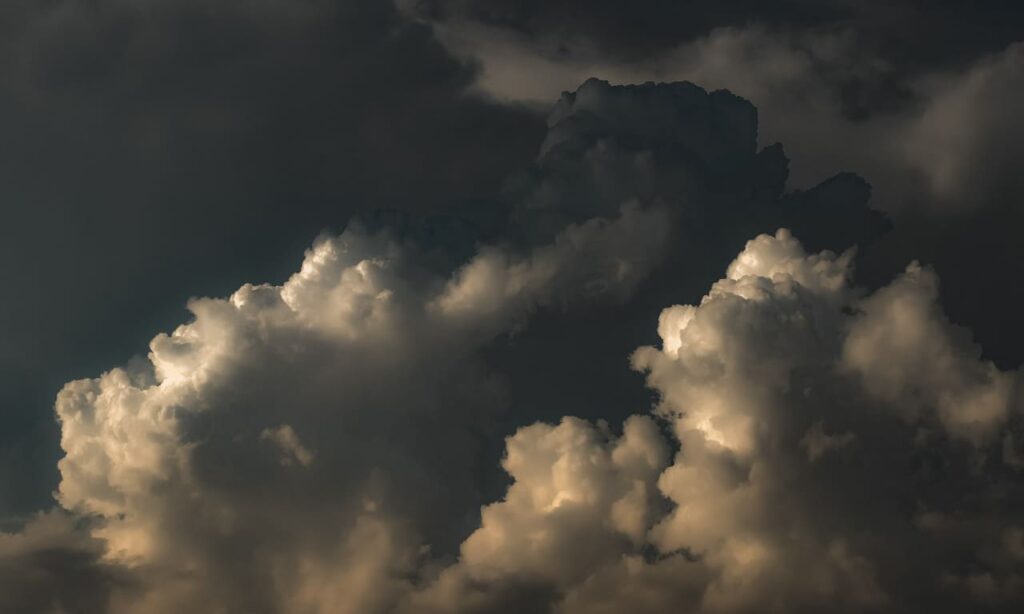
In Japanese belief, gods are often divided into two types: “nigi” (gentle and harmonious) and “araburu” (wild and fierce).
The “Araburu Kami” represent the raw, uncontrollable side of nature — storms, earthquakes, and fire.
But they’re not purely evil. These deities symbolize both destruction and creation, reflecting Japan’s deep respect for the balance of nature.
Susanoo-no-Mikoto — The Storm God of Legend
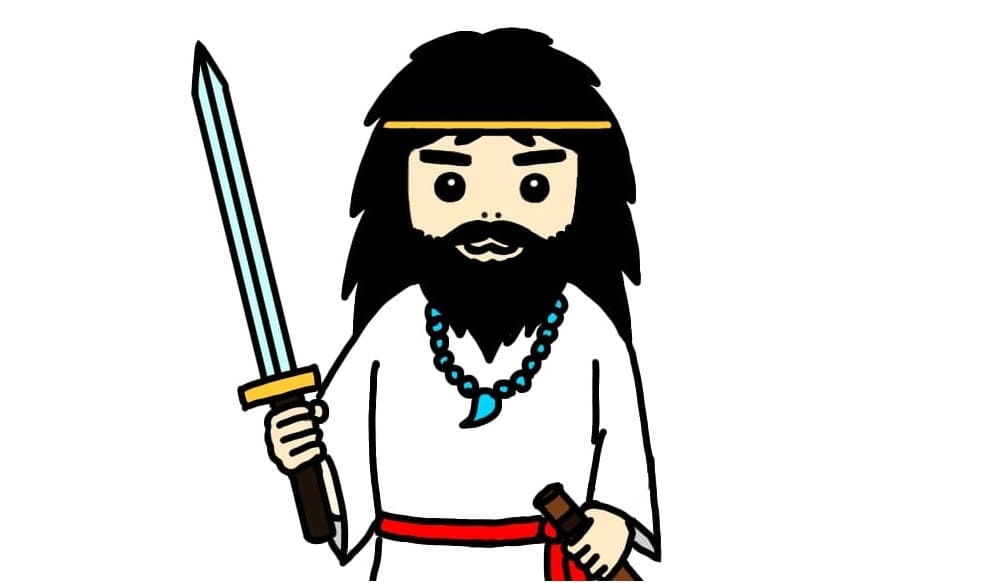
One of Japan’s most well-known fierce gods is Susanoo-no-Mikoto, the younger brother of the sun goddess Amaterasu.
Known for his fiery temper, Susanoo caused havoc in the heavens and was banished from the celestial realm.
However, his story didn’t end there. On earth, he redeemed himself by slaying the giant serpent Yamata no Orochi, saving a maiden and restoring peace to the land.
Susanoo’s tale embodies both chaos and courage — showing that wild energy can be transformed into protection and heroism.
Even today, he’s worshiped across Japan as a symbol of bravery, protection, and renewal.
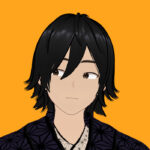
If you are interested in Susanoo,
check the article below.
Kōjin — The God of Fire and the Hearth

Next is Kōjin, a deity worshiped throughout Japan since ancient times.
Despite being known as a “fierce god,” Kōjin is actually a protector of fire, the household, and family safety.
What makes Kōjin unique is his syncretic nature — a blend of Shinto, Buddhism, and folk beliefs.
He’s often seen as both the “god of the hearth” who ensures prosperity, and the “fire god” who must be respected to prevent disasters.
In short, Kōjin represents the dual power of fire — essential for life, yet capable of great destruction if disrespected.

The photo above was taken when we visited Sanpō Kōjin Shrine.
Arahabaki — The Ancient Dragon God
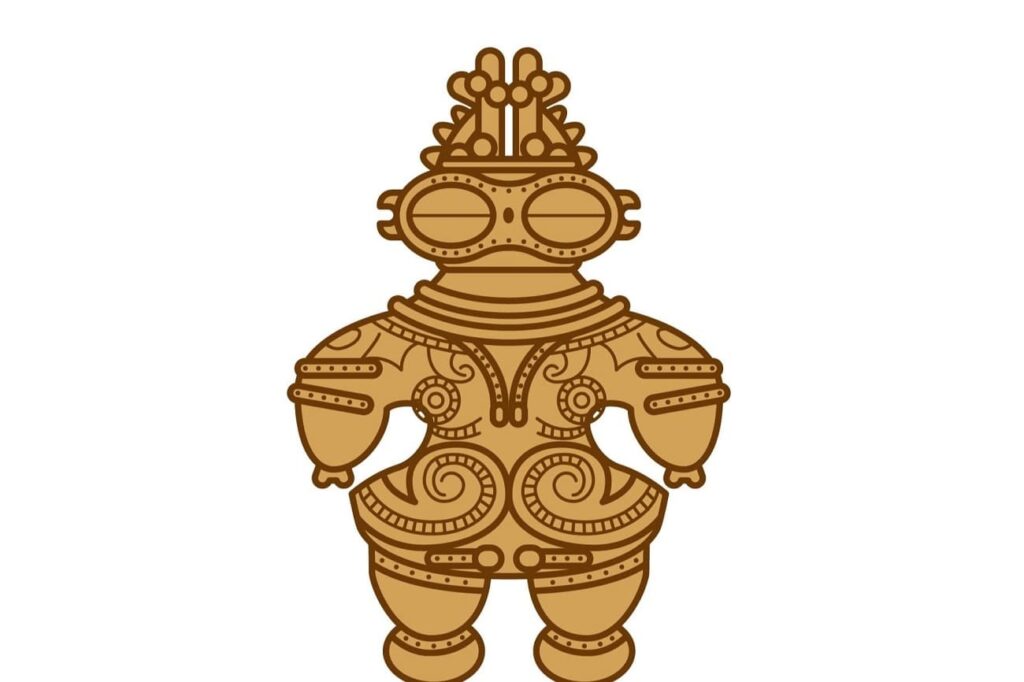
The most mysterious among the fierce gods is Arahabaki, an ancient deity once worshiped mainly in the Tohoku and Kanto regions.
According to shrine legends, his worship dates back over 5,000 years to the Jomon period, making him one of Japan’s oldest known gods.
Arahabaki is considered a dragon or serpent deity, symbolizing the primal forces of the earth and water.
Though his faith declined with the rise of rice-farming deities during the Yayoi period, there are still over 150 shrines across Japan dedicated to Arahabaki today.
His mysterious origins and ancient energy continue to fascinate those drawn to Japan’s spiritual history.

Arahahabaki is a deity often associated with the Shakōki-dogū (goggle-eyed clay figurines), but it’s said to be a mysterious god that doesn’t appear in any known myths or folktales.
The Meaning of Japan’s Fierce Gods
“Araburu Kami” are more than just gods of destruction — they represent the untamed side of nature and the human spirit.
From Susanoo’s courage to Kōjin’s fire and Arahahabaki’s ancient mystery, these deities remind us that chaos and creation are two sides of the same divine power.
If you ever travel to Japan, visiting shrines dedicated to these fierce gods can offer a deeper understanding of the country’s spiritual roots.
You might just feel the raw, powerful energy that still lingers in Japan’s sacred places.

If you are interested in Japanese mythology, and you love gaming, you may love these games! Let’s play!

Yes! Let’s play!

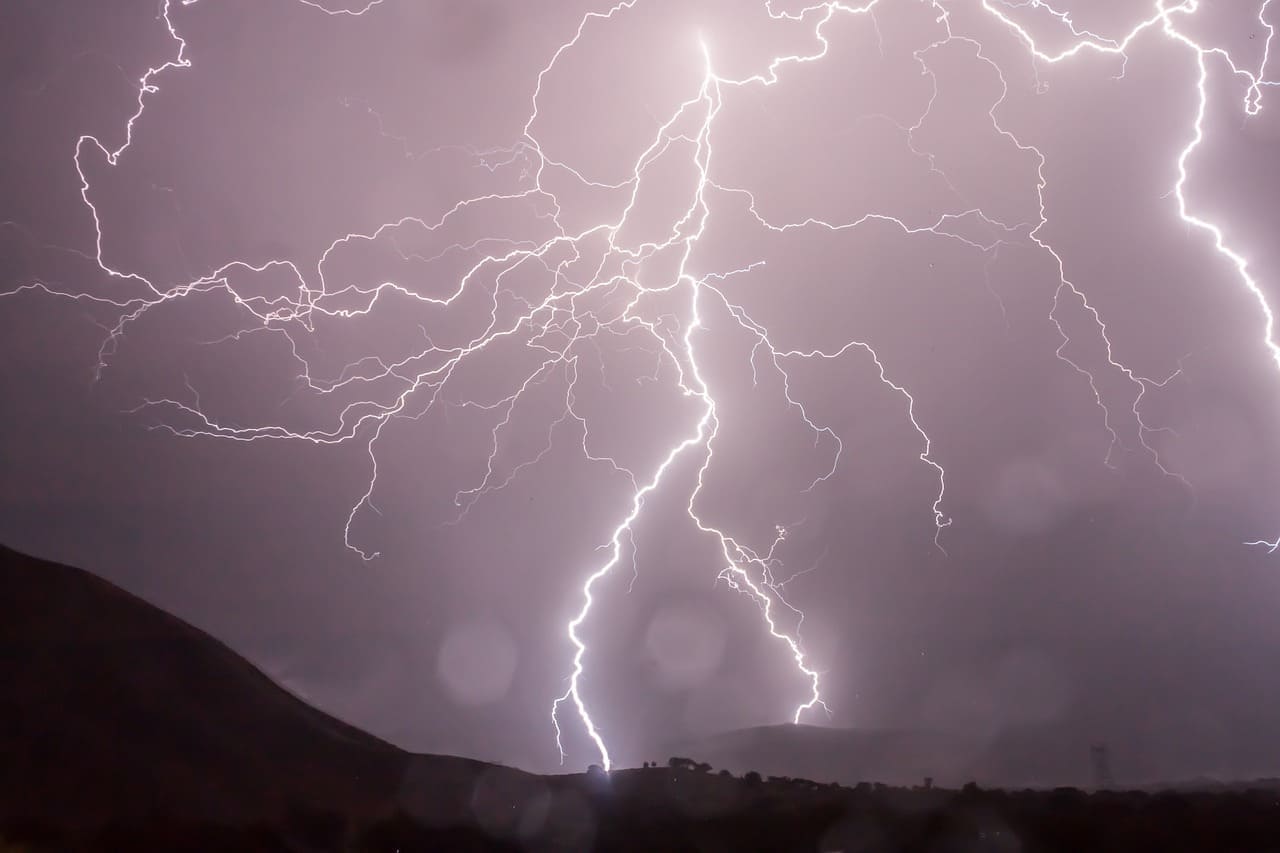

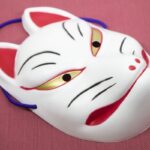
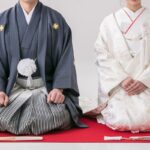
Comments